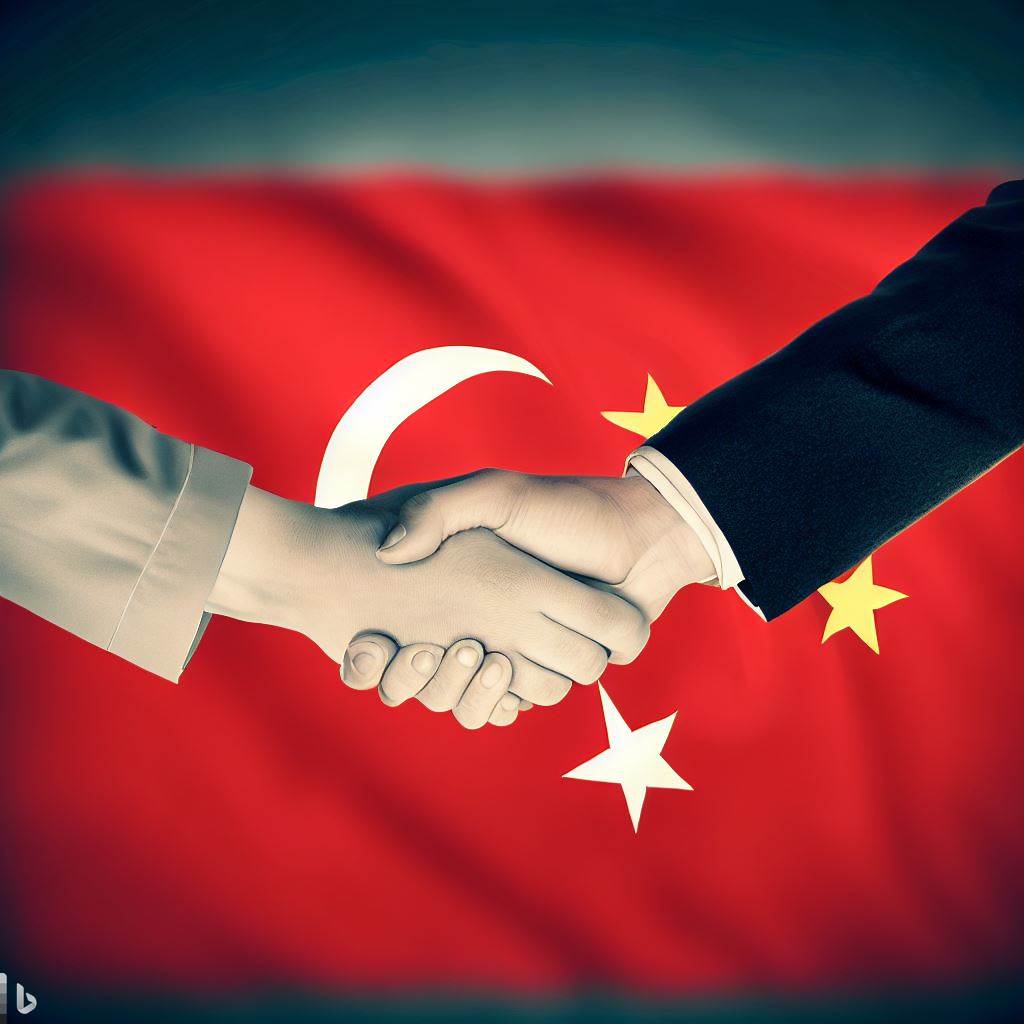China and Turkiye share a relationship that has spanned over 3,600 years, and their friendship has been tested by time and history. In this blog post, we will explore the establishment period between China and Turkiye, which led to the restoration of their longstanding relationship.
You can read previous parts here:
Part 1 Tracing the Roots of China and Türkiye’s Centuries-Old Relationship
Part 2 Tracing the Roots of China and Türkiye’s Centuries-Old Relationship
The Establishment Period
The establishment period began in 1934 when Hu Shize, the Chinese Minister Counselor to Switzerland, went to Cairo to attend the Universal Postal Congress. The Chinese government instructed him to visit Turkey on his way back and look into the possibility of signing a treaty between the two countries.
Hu Shize arrived in Istanbul from Egypt on March 27 and later visited Ankara to meet with the Turkish Foreign Minister. It was during this visit that the Chinese government finally realized the intention of the Turkish government. Eventually, China and Turkey signed a treaty of friendship on April 4, 1934.
The Treaty of Friendship
The treaty was passed by the Legislative Yuan in May 1934 and the Grand National Assembly in Turkey. The exchange of treaties between the two countries was carried out by Jin Wensi, as Hu Shize had already returned from Switzerland.
Establishing Diplomatic Relations
The Republic of China decided to establish an embassy in Ankara, and He Yaozu was appointed as the first ambassador to Turkey. He arrived in Ankara on May 7, 1935, and presented his credentials to Mustafa Kemal Ataturk.

Tracing the Roots of the Relationship
The establishment period restored the centuries-old friendship between the two ethnic groups of China and Turkey. The roots of their relationship can be traced back to ancient times when the Silk Road served as a trade route between the two countries.
Current Cooperation
Today, China and Turkey continue to strengthen their relationship, with trade and investment being key areas of cooperation. In recent years, the Belt and Road Initiative has provided a framework for China and Turkey to work together on infrastructure projects, further cementing their friendship.
Conclusion
In conclusion, the establishment period between China and Turkey was a significant moment in their shared history. It led to the restoration of their longstanding friendship and set the stage for future cooperation. As we continue to trace the roots of their relationship, we can see how their shared history has shaped their present-day cooperation.
The establishment period restored the centuries-old friendship between the two ethnic groups of China and Turkey. The roots of their relationship can be traced back to ancient times when the Silk Road served as a trade route between the two countries. The Silk Road facilitated the exchange of goods and ideas between China and Turkey, and this cultural exchange laid the foundation for their longstanding friendship.
Today, China and Turkey continue to strengthen their relationship, with trade and investment being key areas of cooperation. In recent years, the Belt and Road Initiative has provided a framework for China and Turkey to work together on infrastructure projects, further cementing their friendship.
The establishment period between China and Turkey was a significant moment in their shared history. It led to the restoration of their longstanding friendship and set the stage for future cooperation. As we continue to trace the roots of their relationship, we can see how their shared history has shaped their present-day cooperation

One example of the strong relationship between China and Turkey is that of the Silk Road. The Silk Road was an ancient trading route that connected the two countries. It was an important part of cultural exchange between China and Turkey, allowing for the exchange of goods, ideas, and culture. The Silk Road helped to develop trade relations between the two countries, and it also helped to spread Chinese culture and art to the Middle East and Europe. The Silk Road was also a vital link for the spread of Islam into China, and it is estimated that over 10 million people traveled the Silk Road throughout its history. Today, the Silk Road is still a symbol of the strong relationship between China and Turkey, as it is seen as a reminder of their shared history.
I would recommend a book called “The Silk Road: A History” by Valerie Hansen. This book provides an in-depth look into the 3,000-year history of the Silk Road, tracing the routes that connected China and Turkiye and exploring the cultural and economic exchanges that took place along the way. It also examines the impact of the Silk Road on global trade, politics, and culture.